Psychological Effects Of The Color Green
Use the psychological effects of the color green to create a gentle, relaxed feel for your home.
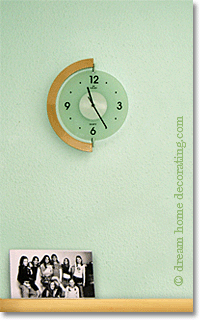
The psychological effects of the color green are similar to those of the color blue; green is perceived as calming and reassuring.
On a 'primitive' psychological level, the color green tells us that we are safe: In a fertile, water-rich environment, above freezing temperatures, there is enough to eat and we will survive. We can relax.
Green is a "feelgood" color.
Green color is very easy on the eye, and nature keeps us entertained with an abundance of green hues, tints and shades.
However, using the color green in interior design is a bit of a challenge - green is one color that can really go wrong on walls and fabrics.
I think this is because the natural greens we have around us are never just one color. Even a small blade of grass contains several hues of green. That's one of the reasons why cheap fake plants are so easy to spot!
Similarly, if you can see trees and lawns from the window, a solid green wall color might look a bit fake by comparison.
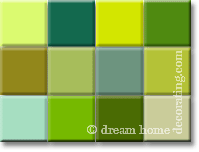
One way to use the color green in interior design is to combine different hues of it, or combine the color green with with other colors. (Check out these color combinations with shades of green!)
Other combinations with green:
Sage, gray, pink and magenta go well together (think English country cottage garden). Or, you could combine greens with neutrals and blues for a 'coastal' look.
You could also try mixing a tiny bit of the complementary color, red, into your green paint. That mutes it slightly and adds complexity and depth.
Alternatively, you could tint it with white or light gray, or discolor it with some yellow or blue - these are all ways to utilize the psychological effects of the color green while avoiding the decorating pitfalls.
This page is about the effects of green color ...
... for more info about color psychology, please go to the general psychology of color article.
Lighting influences any color in interior design - colors change their 'personality' under different lights. So it's really important that you test any green paint you want to use thoroughly in every possible daylight situation and under artificial lighting.
To check out the psychological effects of other colors, take your pick from the following links:
|
Psychological Effects Of The Color White |
Psychological Effects Of The Color Grey |
Psychological Effects Of The Color Black |
|
Psychological Effects Of The Color Brown |
Psychological Effects Of The Color Orange |
Psychological Effects Of The Color Red |
Yet to find the information you're looking for? Type a word or phrase into the search box below:
Alternatively, return from Psychological Effects Color Green to the main Color Psychology information page, or to the


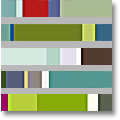
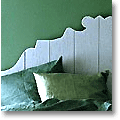
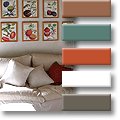
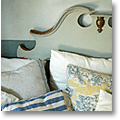
New! Comments
Have your say about what you just read! Leave me a comment in the box below.